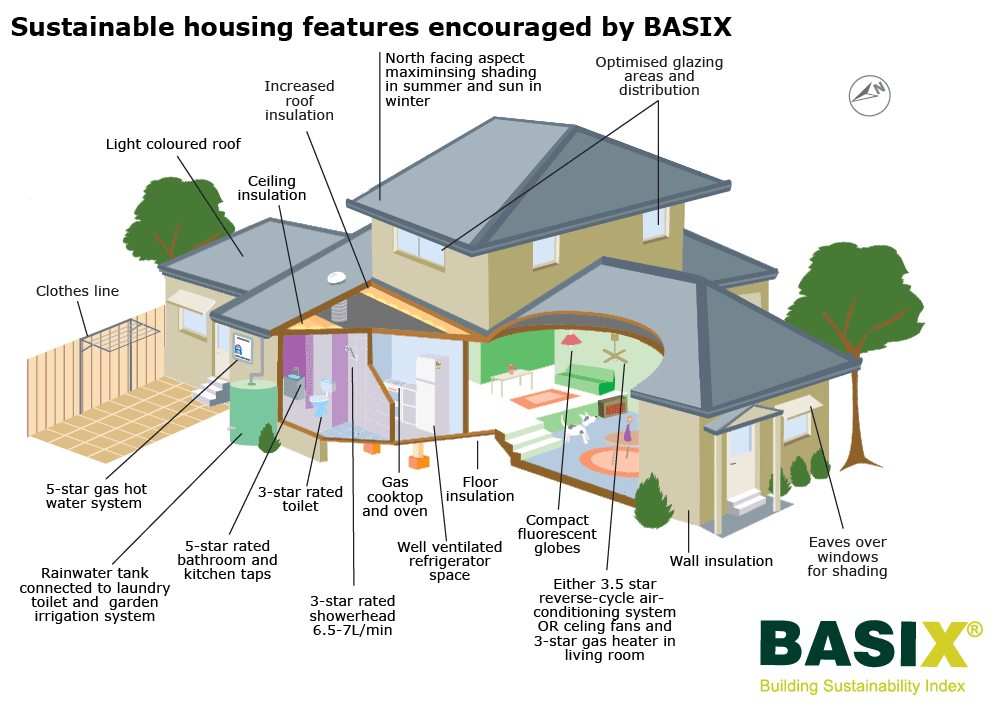
Innovative Solutions: Green Building Technologies for Sustainable Living
As environmental awareness grows, the construction industry is increasingly turning to innovative Green Building Technologies to create sustainable and eco-friendly structures. These technologies not only minimize environmental impact but also promote energy efficiency and resource conservation.
Smart Materials and Sustainable Construction Practices
Green building starts with the selection of eco-friendly materials and sustainable construction practices. From recycled steel and bamboo to reclaimed wood and low-impact concrete, the choice of materials significantly influences a building’s overall environmental footprint. Sustainable construction practices, such as modular construction and prefabrication, minimize waste and reduce construction time.
Renewable Energy Integration
One of the cornerstones of green building is the integration of renewable energy sources. Solar panels, wind turbines, and geothermal heating systems are just a few examples of how buildings can harness renewable energy for power. These technologies not only reduce reliance on traditional energy sources but also contribute to long-term energy savings.
Energy-Efficient HVAC Systems
Heating, ventilation, and air conditioning (HVAC) systems are critical components of a building’s energy consumption. Green building technologies focus on energy-efficient HVAC systems that optimize temperature control while minimizing energy usage. Smart thermostats, efficient insulation, and advanced ventilation systems contribute to a healthier indoor environment and reduced energy bills.
Green Roof and Vertical Gardens
Green roofs and vertical gardens are innovative ways to incorporate nature into urban architecture. Green roofs provide insulation, absorb rainwater, and create habitats for plants and insects. Vertical gardens not only enhance aesthetic appeal but also improve air quality and reduce the urban heat island effect. These features contribute to a more sustainable and livable urban environment.
Green Building Technologies pave the way for a sustainable future. Explore a range of eco-friendly designs and innovations to create homes that are not just structures but statements of environmental responsibility.
Water-Efficient Systems and Sustainable Plumbing
Green building emphasizes water efficiency through the use of sustainable plumbing systems. Low-flow fixtures, rainwater harvesting, and greywater recycling reduce water consumption and contribute to water conservation. These technologies ensure that buildings not only minimize their environmental impact but also operate efficiently in water usage.
Smart Building Automation for Energy Conservation
The integration of smart building automation systems enhances energy conservation efforts. Automated controls for lighting, heating, and cooling systems optimize energy usage based on occupancy and external conditions. This not only reduces energy waste but also provides occupants with a comfortable and responsive living or working environment.
Recycling and Waste Management
Green building technologies extend beyond construction to encompass waste management and recycling. Efficient waste separation and recycling practices during construction reduce landfill waste. Additionally, incorporating recycled materials into building components further promotes a circular economy and reduces the demand for new raw materials.
LEED Certification and Sustainable Standards
Leadership in Energy and Environmental Design (LEED) certification is a widely recognized standard for green building. It evaluates a building’s environmental performance based on factors like energy efficiency, water usage, and materials selection. Adhering to LEED and other sustainable standards ensures that buildings meet rigorous environmental criteria.
Education and Adoption of Green Practices
Lastly, the success of green building technologies relies on education and widespread adoption of sustainable practices. Architects, builders, and homeowners play pivotal roles in embracing and implementing eco-friendly technologies. Workshops, certifications, and awareness campaigns contribute to a collective effort in creating a more sustainable built environment.
In conclusion, Green Building Technologies are not just a trend; they represent a fundamental shift towards sustainable living. By integrating smart materials, renewable energy, and efficient systems, these technologies offer a blueprint for environmentally responsible construction. Visit indidesignhome.my.id to discover how Green Building Technologies can transform the way we build for a more sustainable future.



